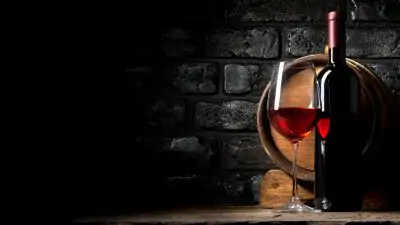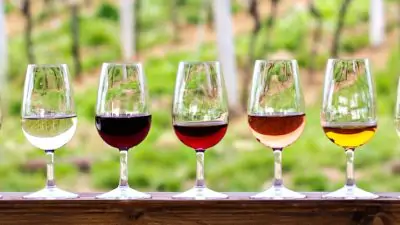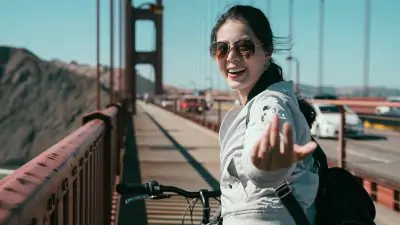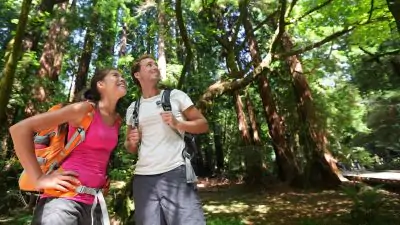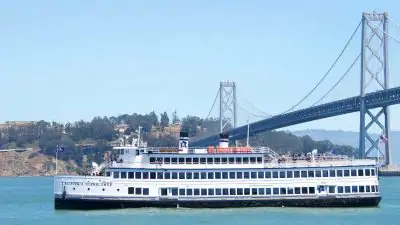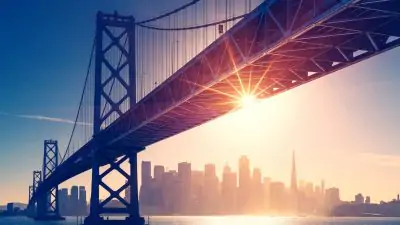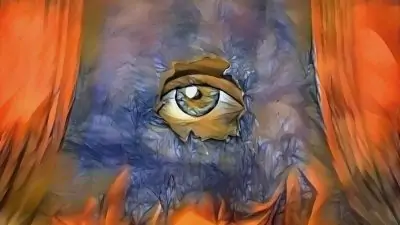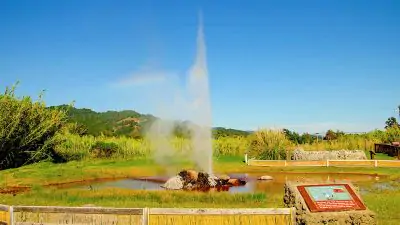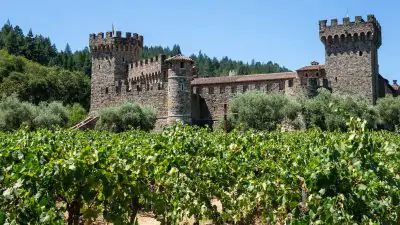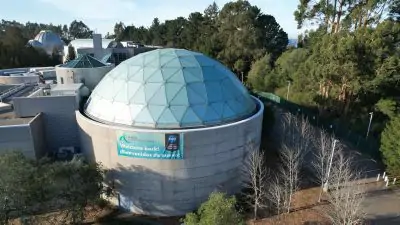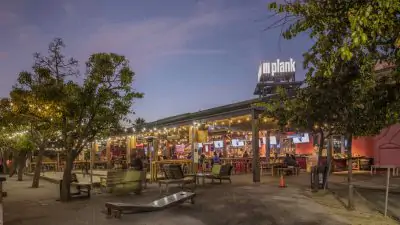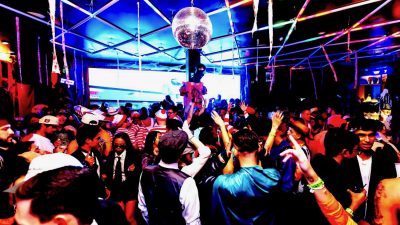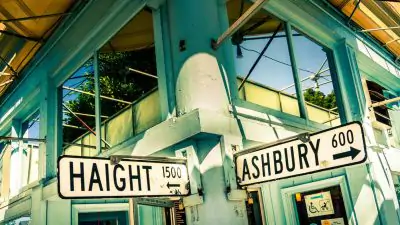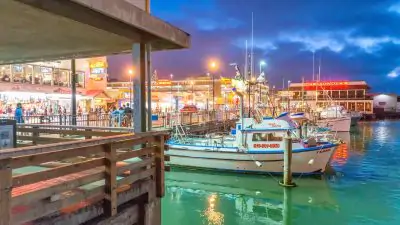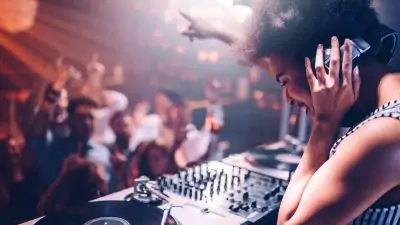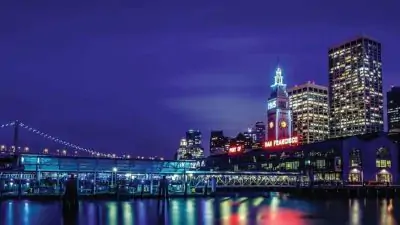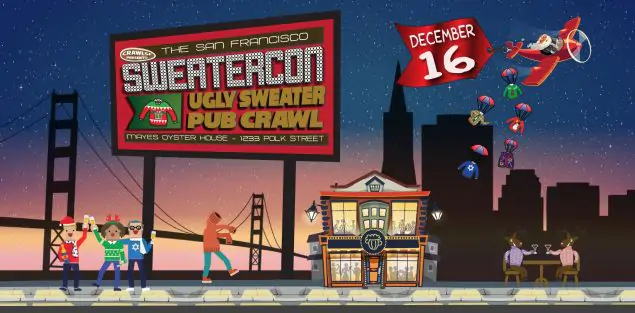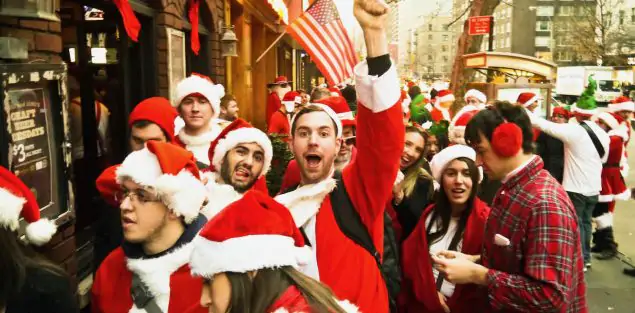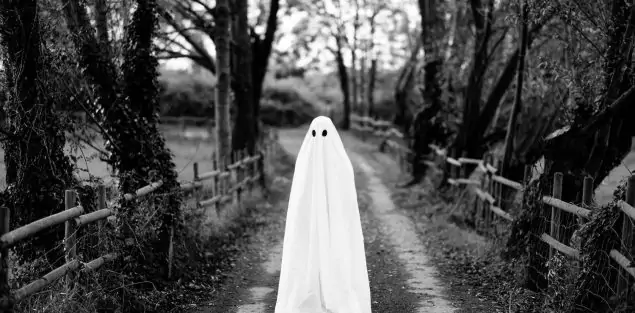The Summer of Love in San Francisco

San Francisco’s Haight-Ashbury in 1967 was a swirl of tie-dye, incense, and jangling guitars. Kids from all over poured into the neighborhood chasing peace, love and rock ’n’ roll. It was a fleeting moment, only taking place from June to September, but it changed music, culture & the Haight forever. There are more than a few moments in history that would be amazing to experience. I would love to be able to go back in time and see all the hippies with flowers in their hair, enjoying live music from the Grateful Dead on Haight Street. It must have been an amazing experience for anyone who made the trek and for locals living in the city.
From free concerts to flower power, here’s the scoop on the Summer of Love with some wild facts that you probably didn’t know.
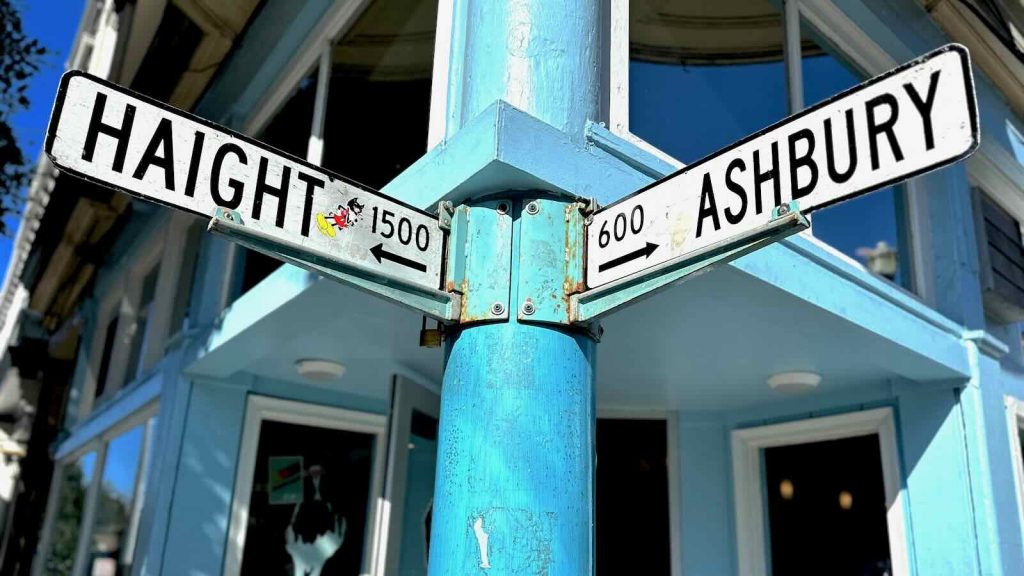
What Was the Summer of Love?
The Summer of Love was a massive gathering of young people. An estimated 100,000 people gathered in Haight-Ashbury during the summer of 1967. They called themselves “hippies,” rejecting war, suits and the 9-to-5 grind for a life of freedom. The Haight, with its Victorian houses and chill vibe, became their playground. They wanted to live differently, sharing food, clothes & ideas, often with a side of weed or LSD.
It kicked off with whispers of change. The January 1967 Human Be-In at Golden Gate Park, billed as a “Gathering of the Tribes,” drew 20,000 for music and poetry. It featured talks by folks like Timothy Leary, who urged everyone to “turn on, tune in, drop out.” By June, word spread that San Francisco was the place to be. Kids hitchhiked from New York, Texas even Europe, lured by tales of free love and free concerts. It peaked with the Monterey Pop Festival in June, just south of the city, and rolled on until fall, when many drifted away.
Why the Haight? Why 1967?
Haight-Ashbury was perfect for this explosion. Its old houses were cheap, some rented for $100 a month, which was great for broke artists and runaways. The neighborhood had a bohemian streak, thanks to 1950s Beatniks like Allen Ginsberg, who hung out nearby in North Beach. By the mid-60s, bands like the Grateful Dead and Jefferson Airplane were living in the Haight. The area’s foggy streets and corner cafés, like the Psychedelic Shop, felt like a bubble where rules didn’t apply.
Timing was everything. The Vietnam War was raging and kids faced the draft. Civil rights fights were heating up and many felt the American Dream was a lie. Music was shifting too. Bob Dylan went electric, the Beatles dropped Sgt. Pepper’s in June ’67 and rock was changing. San Francisco’s bands mixed folk and blues, perfect for the mood. Plus, LSD was legal until late ’66, which fueled mind-bending art and trips. The Haight in ’67 was a magnet for anyone wanting to ditch the system.
What Exactly Happened During the Summer of Love?
Concerts: Golden Gate Park was a nonstop stage. Free shows popped up at the Panhandle or Polo Fields, with the Dead, Janis Joplin’s Big Brother and Quicksilver Messenger Service playing for thousands. The Grateful Dead’s July 4 gig at Speedway Meadow drew a ton of people in beads and bell-bottoms. Smaller venues like the Fillmore and Avalon Ballroom hosted concerts as well. Jefferson Airplane’s June 1967 Avalon show was pure psychedelic fire.
Demonstrations: Hippies weren’t just partying, they marched against the war and for free speech. The Haight’s Diggers gave out free food and clothes, protesting capitalism. A July “Death of Hippie” mock funeral paraded a coffin down Haight Street, slamming media hype that turned their movement into a circus.
Art: Posters by artists like Wes Wilson and Rick Griffin covered the Haight with swirly fonts and neon colors advertising shows. Murals popped up on walls, and boutiques sold handmade jewelry and batik dresses.
Daily Life: Crash pads housed dozens, with strangers sharing mattresses. The Haight-Ashbury Free Clinic, opened in June ’67, treated runaways for free and it is still around today. Communes were party central with music and debates all night.

Who Was There?
- Janis Joplin: Lived at 635 Ashbury, her raw voice rocking Big Brother gigs. She’d stroll the Haight in feather boas.
- Grateful Dead: Their 710 Ashbury house was a popular hangout. Jerry Garcia and Bob Weir were often seen jamming on porches.
- Jefferson Airplane: At 2400 Fulton, they wrote hits like “White Rabbit.” Grace Slick was the Haight’s queen.
- Jimi Hendrix: Visited in June for Monterey Pop and played at the Fillmore. He later stayed in the Haight, grooving with locals.
- Allen Ginsberg: The Beat poet bridged generations, reading at the Human Be-In and chilling with hippies.
- Hunter S. Thompson: The gonzo writer roamed the Haight, later dishing dirt on the scene in Hell’s Angels.
- George Harrison: The Beatle popped by in August ’67, strumming a guitar on Haight Street but left spooked by the crowds.
Stories from the Summer of Love
The Summer of Love wasn’t all big names. One kid, 17-year-old Susan from Ohio, hitchhiked to the Haight after hearing “San Francisco (Be Sure to Wear Flowers in Your Hair)” by Scott McKenzie. She recalls trading her shoes for a poem and sleeping in a park tent, feeling “free for the first time.” The Diggers once handed out free turkey dinners (over 1,500 plates) cooked from donated birds, served on Haight Street with live banjo tunes. A local artist, “Rainbow Mike,” became a legend for painting strangers’ faces with flowers, no charge, just smiles. Then there’s the tale of a lost dog named Cosmic Charlie, who wandered the Haight all summer, fed by hippies until he found his owner at a Dead show. There are probably plenty of really cool stories out there by people who spent the summer in San Francisco.
How the Country Saw It
Outside San Francisco, the Summer of Love was viewed in a lot of different ways. Big media, like Time and Life, swarmed the Haight, calling it a “hippie haven” but often mocking the “flower children” as dirty dropouts. Small-town America clutched its pearls, scared their kids would run off to join the love-in. A 1967 Newsweek piece warned of drugs and disease, painting the Haight as a danger zone. But others were curious. Teens across the U.S. bought beads and records and dreamed of going to California. The government wasn’t thrilled, though. Cops raided Haight houses, and the FBI kept tabs on activists.
The Lasting Impact
Haight-Ashbury: The neighborhood became a global symbol of freedom, but the flood of runaways strained it. By fall ’67, crime and drugs crept in and many originals left. Today, the Haight’s vintage shops and murals keep the spirit alive, with tourists chasing that ’60s glow.
San Francisco: The city cemented its rep as a rebel hub. The Fillmore and Winterland became rock meccas, and festivals like Outside Lands owe their vibe to those free ’67 gigs. San Francisco’s still a place where weird is welcome, from Pride to Burning Man’s roots.
Music: The Summer of Love birthed psychedelic rock. Bands like the Dead pioneered long jams, while Joplin’s raw wail set a new standard. Monterey Pop launched Hendrix and The Who to America, shaping festivals like Woodstock. The sound still echoes in indie and jam bands today.
Cool Facts You Didn’t Know
- Hippie Bus Stop: The Haight had a “Hippie Hotline” at the Psychedelic Shop, where volunteers guided lost runaways to crash pads or clinics.
- Free Food Fests: The Diggers’ daily Panhandle dinners fed 200–300 people, with soup made in coffee cans and bread from local bakeries.
- Monterey’s Ripple Effect: The June ’67 Monterey Pop Festival, 90 miles south of San Francisco, drew 50,000 and was filmed, spreading the Haight’s sound worldwide via the Monterey Pop concert film released in 1968.
- LSD’s Last Dance: Acid was legal until October ’66, so ’67 was its peak. Some estimate 1 in 4 Haight kids tried it that summer.
- The Song That Sparked It: Scott McKenzie’s hit, written by John Phillips of The Mamas & The Papas, sold 7 million copies, luring kids with its “flowers in your hair” promise.
- Haight’s Paper Boom: Underground newspapers like the San Francisco Oracle sold for 15 cents, printing trippy art and poems. Some issues are now worth thousands.
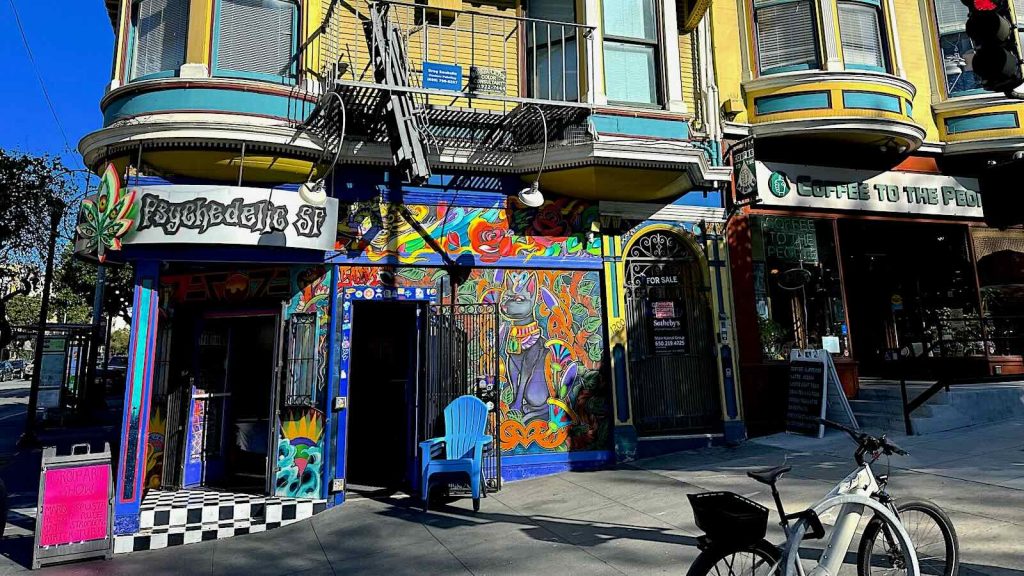
The Legacy Lives On
The Summer of Love wasn’t very long, only taking place over 3 months. Haight-Ashbury’s still got that spark, with spots like Coffee to the People serving coffee beside ’60s-style shrines. San Francisco’s music scene, from Stern Grove’s free shows to Festicrawl, carries the torch. The rest of the country caught the bug too. Woodstock, alt-rock and even today’s festival fashion owe a debt to ’67. It wasn’t perfect; drugs and crowds took a toll. But for one summer, the Haight was the world’s heartbeat, proving music and love could rewrite the rules. So next time you’re in San Francisco, swing by Haight Street. You might just feel the groove.
